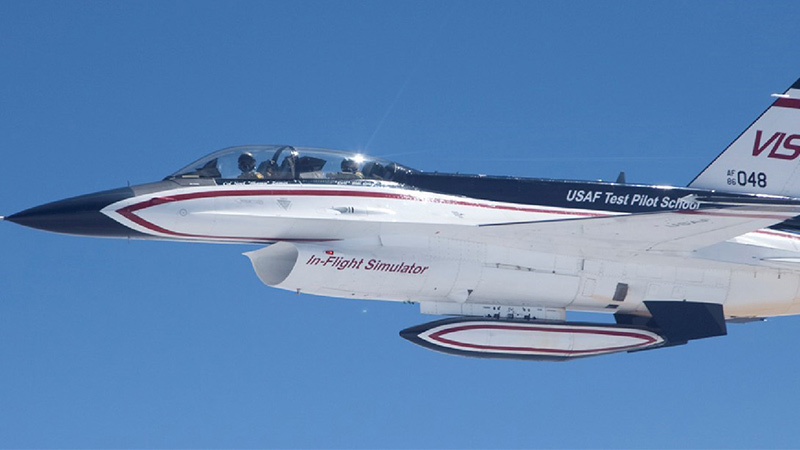Stay Up to Date
Submit your email address to receive the latest industry and Aerospace America news.
The Flight Testing Technical Committee focuses on testing of aircraft, spacecraft, missiles or other vehicles in their natural environments.
Boeing completed multimonth flight test of the 737-8 MAX aircraft, culminating in FAA and European Aviation Safety Agency certification in March. The 737-9, the second MAX variant, began flight testing in April. The re-engined 737 MAX family delivers fuel burn improvements of around 10 percent. As aircraft manufacturers test and field improvements to meet increasing demand for fuel-efficient airliners, the MAX is widely viewed as Boeing’s response to the re-engined Airbus A320neo.
Dassault Aviation’s Falcon 5X completed its first flight in July, beginning a preliminary flight test series to speed development ahead of next year’s full flight test campaign. Continuing the theme of efficiency improvements, the new design aims to be the tallest and widest in its class while still delivering significantly lower fuel burn.
In August, NASA’s Armstrong and Langley research centers commenced the second phase of flight tests to evaluate the aeroacoustic performance of several airframe noise reduction technologies. These included the Adaptive Compliant Trailing Edge flap, main landing gear porous fairings and gear cavity treatments installed on two Gulfstream G-III testbed aircraft. A 185-microphone phased array capable of identifying closely spaced noise sources took the extensive acoustic measurements. The resulting database will serve to validate the simulation-based airframe noise prediction approach used to design and develop the tested landing gear technologies.
In flight test training and education, the U.S. Air Force Test Pilot School, in partnership with the Air Force Research Laboratory, Lockheed Martin and Calspan, demonstrated the Have Raider II autonomous wingman architecture in flight testing made public in April. The school’s F-16 Variable In-Flight Simulator Test Aircraft, or VISTA, operated as a surrogate “loyal” wingman, coordinating various combat maneuvers with a manned aircraft. Developing such capabilities to safely test combinations of classical aircraft and unmanned aircraft systems has become vital as they increasingly mingle in operational airspace.
In May, Virgin Galactic’s second SpaceShipTwo craft tested its atmospheric re-entry system during a gliding test flight, an incremental step in transitioning to powered tests. With this redesigned system, the company continues its long-suspended flight test program following a fatal flight test accident in October 2014. The current test program furthers the company’s plan to commence commercial space tourism flights in 2018.
From June through August, over 50 small UAS flight tests were completed at the City Environment for Range Testing of Autonomous Integrated Navigation test range at NASA’s Langley Research Center. Teams investigated various integrated air-ground systems as enablers for safe autonomous small UAS operations beyond visual line-of-sight and near/over populated areas. Data from this project support joint NASA-FAA work to develop and implement a UAS traffic management system into the National Airspace System.
Contributors: Paul Bolds-Moorehead, Bruce Owens and Brent Cobleigh
Related Posts
Stay Up to Date
Submit your email address to receive the latest industry and Aerospace America news.




